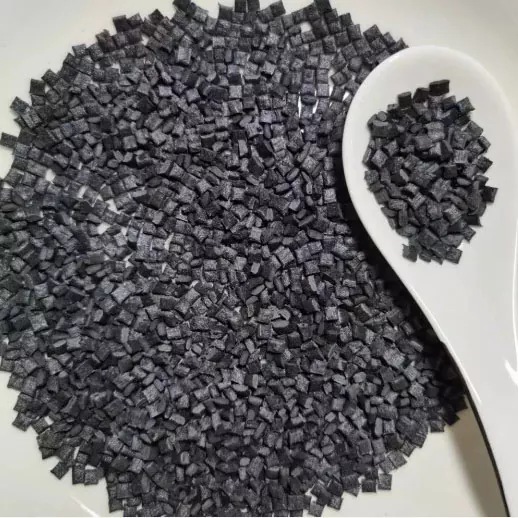Engineering plastic pellets are small, uniform-sized granules made from high-performance polymers. These pellets serve as the primary raw material for manufacturing various engineering plastic products through processes like injection molding, extrusion, and compression molding. They are designed to meet specific mechanical, thermal, and chemical requirements, making them suitable for demanding applications across multiple industries.

There are several types of engineering plastic pellets, each with unique properties tailored to specific applications:
- Polyamide (PA) Pellets: Known for their high strength, durability, and resistance to wear and chemicals, PA pellets are commonly used in automotive and industrial applications.
- Polyoxymethylene (POM) Pellets: Also known as acetal, POM pellets offer excellent dimensional stability and low friction, making them ideal for precision parts like gears and bearings.
- Polycarbonate (PC) Pellets: These pellets provide high impact resistance and optical clarity, suitable for applications requiring transparency and toughness.
- Polyetheretherketone (PEEK) Pellets: PEEK pellets are known for their exceptional thermal stability and chemical resistance, often used in aerospace and medical device manufacturing.
The production of engineering plastic pellets involves several key steps:
1. Polymerization: The base polymer is synthesized through chemical reactions, resulting in a raw polymer material.
2. Compounding: Additives such as fillers, reinforcements, and colorants are mixed with the base polymer to enhance specific properties.
3. Extrusion: The compounded material is melted and forced through a die to form continuous strands.
4. Pelletizing: The extruded strands are cooled and cut into uniform-sized pellets.
5. Drying and Packaging: The pellets are dried to remove moisture and then packaged for distribution.
Engineering plastic pellets are utilized in various industries due to their tailored properties:
- Automotive Industry: Used for manufacturing lightweight, durable components like gears, bearings, and interior parts.
- Electronics: Employed in producing housings, connectors, and insulators that require high strength and electrical insulation.
- Medical Devices: Utilized for components that must withstand sterilization processes and offer biocompatibility.
- Aerospace: Applied in parts that demand high thermal stability and resistance to harsh environments.
Using engineering plastic pellets offers several advantages to manufacturers:
- Consistency: Uniform pellet size ensures consistent processing and product quality.
- Efficiency: Pellets are easy to handle, store, and transport, streamlining the manufacturing process.
- Customization: Pellets can be engineered with specific additives to meet precise performance requirements.
- Cost-Effectiveness: Optimized for high-volume production, reducing material waste and processing costs.
For high-quality engineering plastic pellets tailored to your specific needs, visit our website at [https://www.accom-material.com/]. We offer a wide range of pellets suitable for various applications and are ready to assist you with your requirements.
Copyright © 2024 Suzhou Accom New Material Technology Co., Ltd. All Rights Reserved.